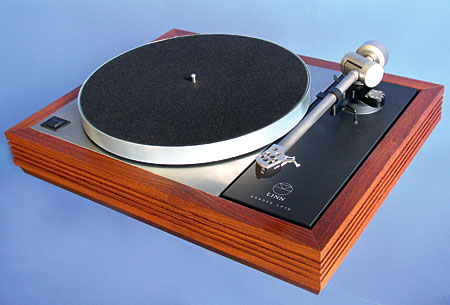The sound of skill
by Paul McGowan
The first high-end turntable I owned was a second hand Linn LP12.
I don't remember the year but I do remember the era. Turntables had been elevated from utilitarian necessities to essential components. The story we were told through magazines and brochures was if you hoped to achieve great sound you started with the turntable, arm, and cartridge. Everything else followed.
The notion that sources were the most important piece of the audio chain was new. A brilliant piece of marketing.
Hoping for instant gratification I took possession of my new table and, like a kid at Christmas, plunked it down and fired it up with an expectation of miracles. I was disappointed. The music wasn't much different than I had achieved with my trusty AR. In fact, on some recordings, I swore it wasn't as good.
I shared my frustrations with several friends who also had given thought to upgrading their turntables. They clucked and counseled me not to be too disappointed. After all, the idea that the quality of a spinning platter mattered to the sound was kind of silly. Then, I ran into a fellow who asked an interesting question.
"Have you set up the table and arm?"
45 years ago I was a newbie. I had never heard of turntable setup as anything other than just getting it to play. My friend brought with him an arsenal of strange tools: protractors, scales, levels. He spent an easy hour performing a strange ritual fussing with the table and arm. I half expected him to sprinkle holy water across the device.
Finally satisfied with his incantations and machinations we played one of the albums I thought had sounded worse. I was stunned. The transformation from ugh to ahh was complete. It was to me a miracle.
The hype was right.
The setup skill and knowledge were missing.
- Choosing a selection results in a full page refresh.
- Opens in a new window.








